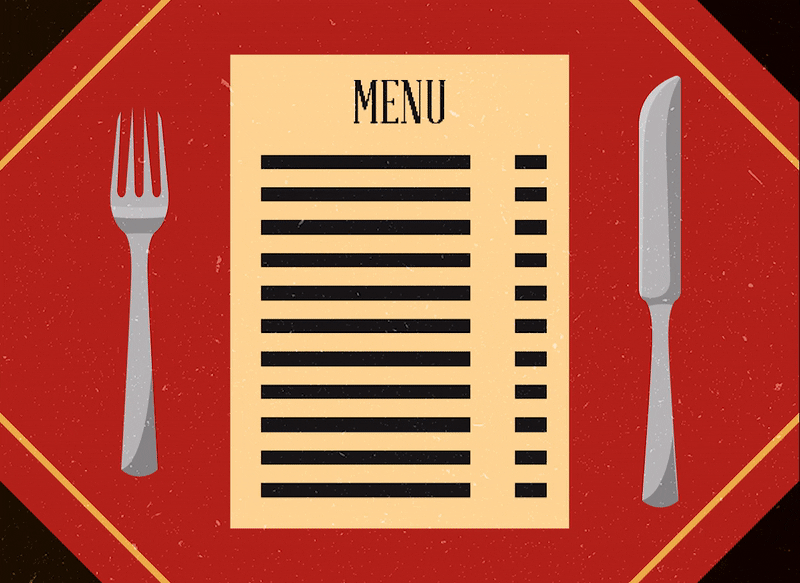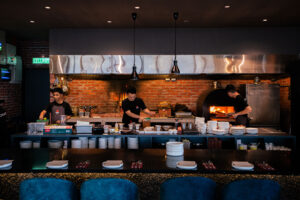Until recently, more and more restaurants have introduced a new addition to the dining experience — the QR code menu.
Ordering a meal used to be simple. Now, this “safe dining” concept comes along and adds a bit of complexity to the entire process. Walk into a restaurant these days and you either get a QR code shoved in your face or left to forage for a minuscule code that could be found on either one of the four corners of the table.
That’s not the end of it, you’ll then have to reach for your phone, find the camera app and proceed to position your phone in precise coordinates to unlock the menu. By the time you get to order your meal, it feels as though you’ve had to go through the final boss battle to level up to the next stage of your night out.
For most people, this is not really an issue. But I do wonder how inclusive this new concept is for those who don’t own a smartphone (yes, they exist) or are just not as adept at using such technologies? Surely, touching your phone, which has been scientifically proven to be riddled with bacteria and germs, is not exactly a more hygienic approach to ordering food?
When it comes to business potential, there’s more to the restaurant menu than just listing down the day’s specials. A well-designed print menu is an opportunity for diners to get a good first impression of a restaurant. From the quality of paper, colour scheme, font type and possibly the most telling detail that could suggest a place’s popularity — how well-thumbed the pages are.
While there are certainly some benefits to introducing the QR code menu in an increasingly digital age, I hope it won’t forever replace the simplicity and charm of the printed version. I just can’t think of anything more distressing than seeing a “page unable to load” on my screen when I’m starving.










